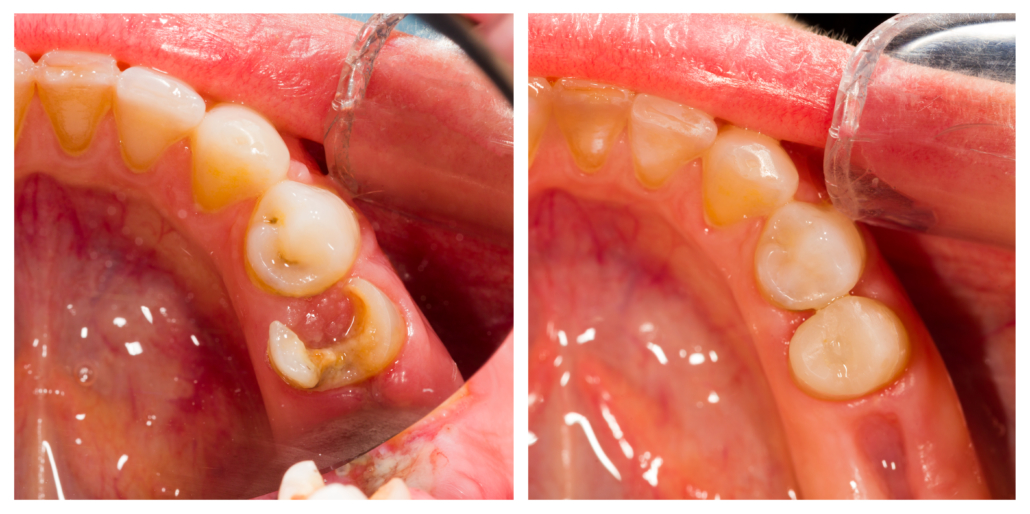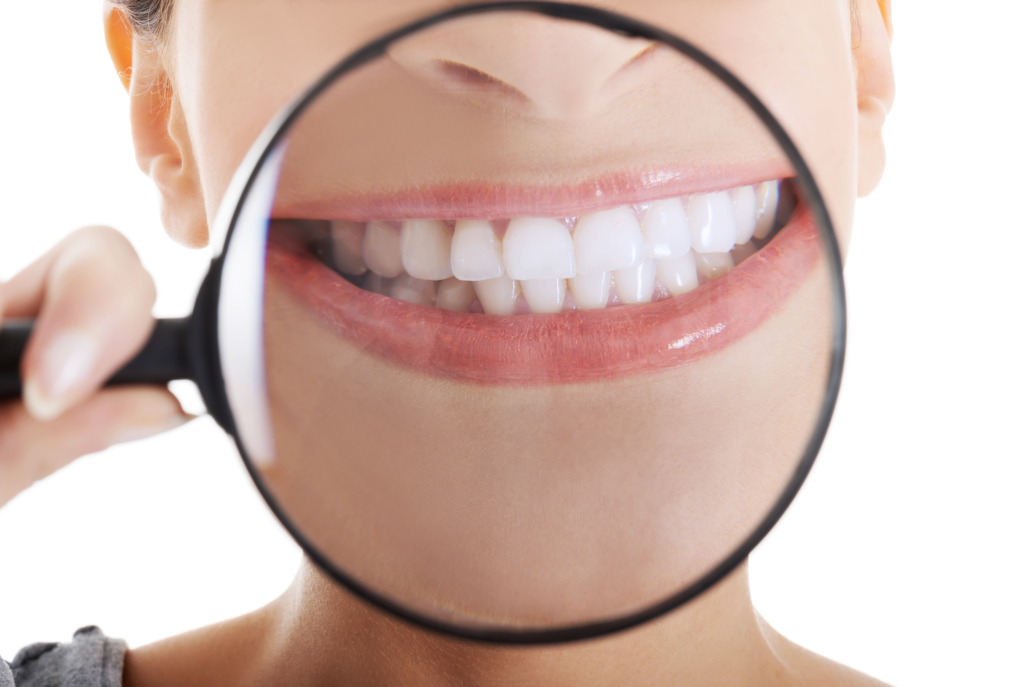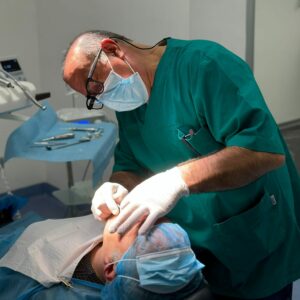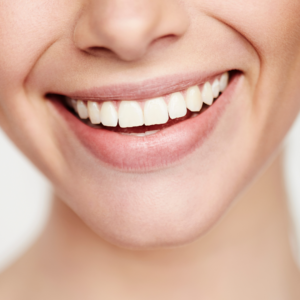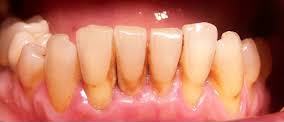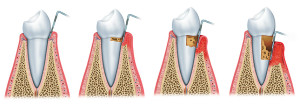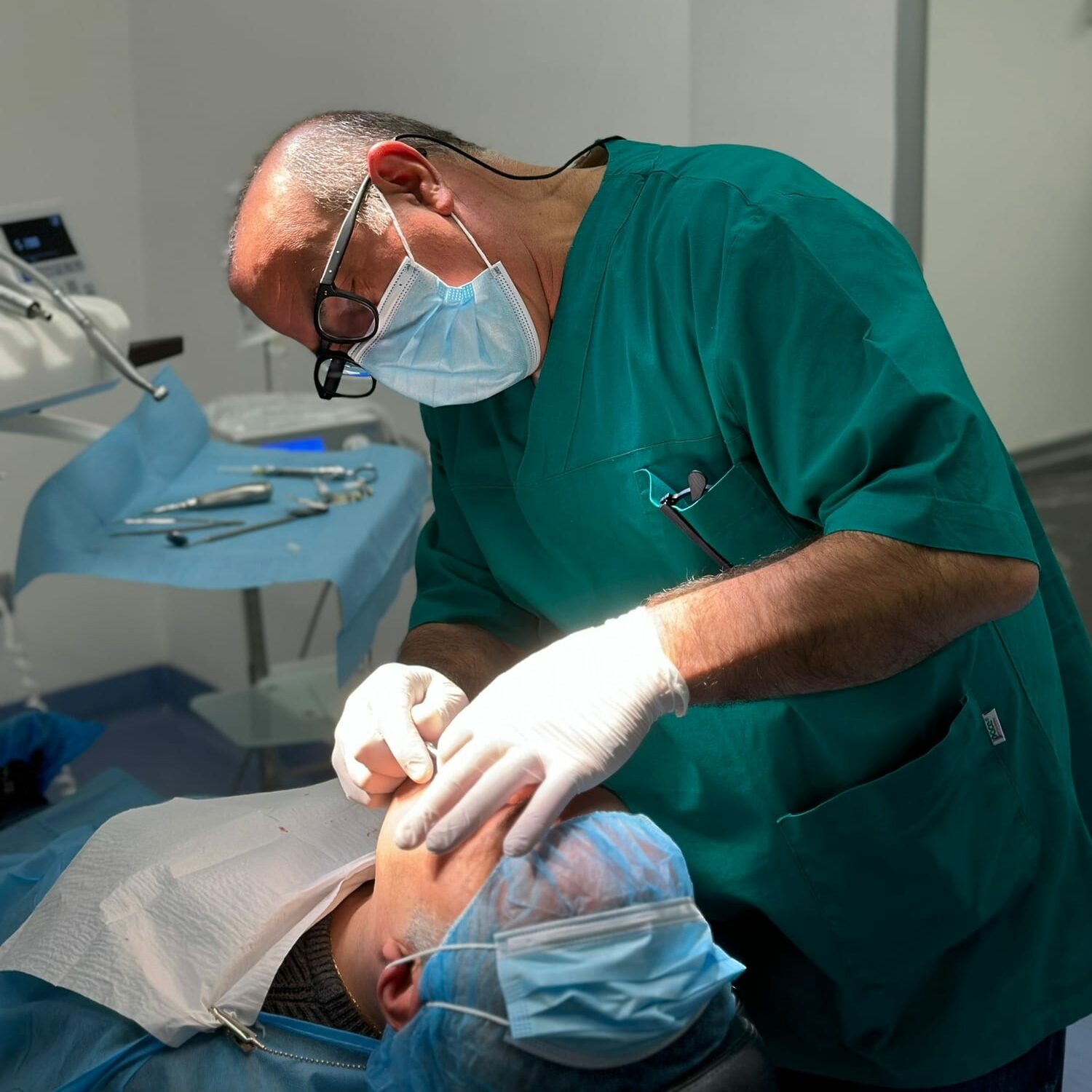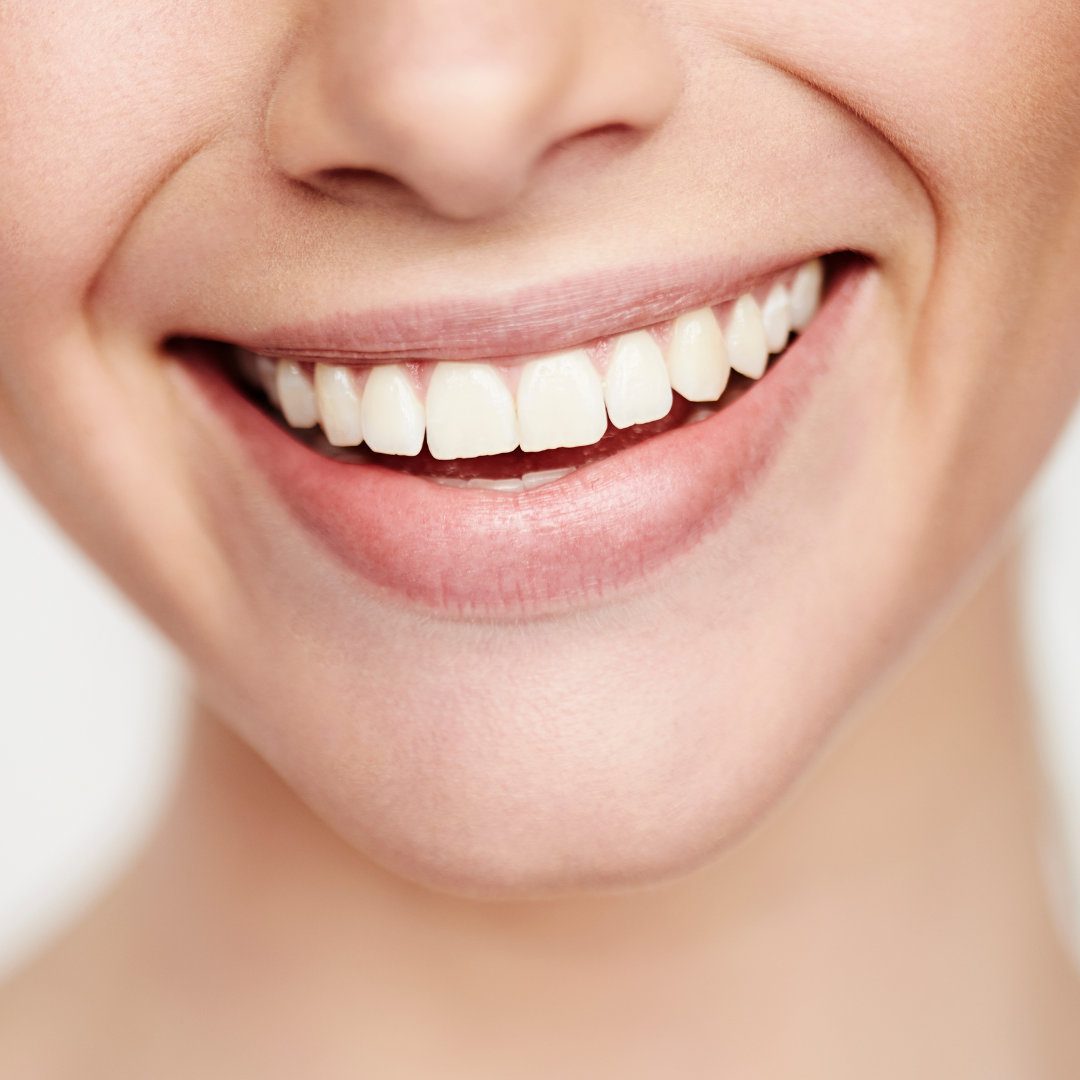Conservative dentistry aims to preserve natural teeth for as long as possible; the direct hooding of the tooth pulp in cases of pulpitis is a useful solution to preserve the vitality of the dental element and avoid the extraction of the tooth.
How to preserve the tooth affected by pulpitis
The vitality of the tooth can be jeopardized by a deep caries which can in turn degenerate into a reversible or irreversible pulpitis.
Unfortunately, in cases of irreversible pulpitis, dental treatment provides rather drastic solutions:
- partial pulpectomy;
- pulpectomy with root canal treatment;
- tooth extraction.
In cases of reversible pulpitis, on the other hand, it is possible to proceed with the direct capping of the pulp of the tooth, a dental technique that guarantees the maintenance of the vitality of the tooth and therefore its survival.
Direct pulp capping of the tooth: what the treatment consists of
Tooth capping is carried out starting from the pulp of the tooth. A biologically active material is placed in contact with the pulp wound in order to determine a tissue response and create a restorative bridge that can effectively cover the tooth again and preserve vitality.
To ascertain what is the best material for direct pulp capping of the tooth in cases of reversible pulpitis, some researchers conducted a study published in the International Endodontic Journal.
The researchers evaluated the outcome of the treatment based on direct pulp capping in permanent teeth diagnosed with reversible pulpitis. The study also wanted to analyze whether or not the success of this dental treatment could depend on the type of material used.
The success of direct pulp capping of the tooth in cases of pulpitis
The success rate was different based on the material used and the follow-up time considered.
- The success rate of calcium hydroxide was found to be 74% at 6 months, 65% at 1 year, 59% at 2-3 years and 56% at 4-5 years;
- the success rate of the MTA was found to be 91%, 86%, 84% and 81% at the same time follow-ups;
- the success of biodentine was found to be 96% at 6 months, 86% at 1 year and 86% at 2-3 years.
The results showed that MTA had better success than calcium hydroxide at 1 year and at 2 and 3 years, while no significant difference was found between MTA and biodentine.
It can be concluded that MTA and biodentine, compared to calcium hydroxide, guarantee a high success rate and with better long-term results for direct hooding treatments of the pulp of the tooth affected by deep caries.





